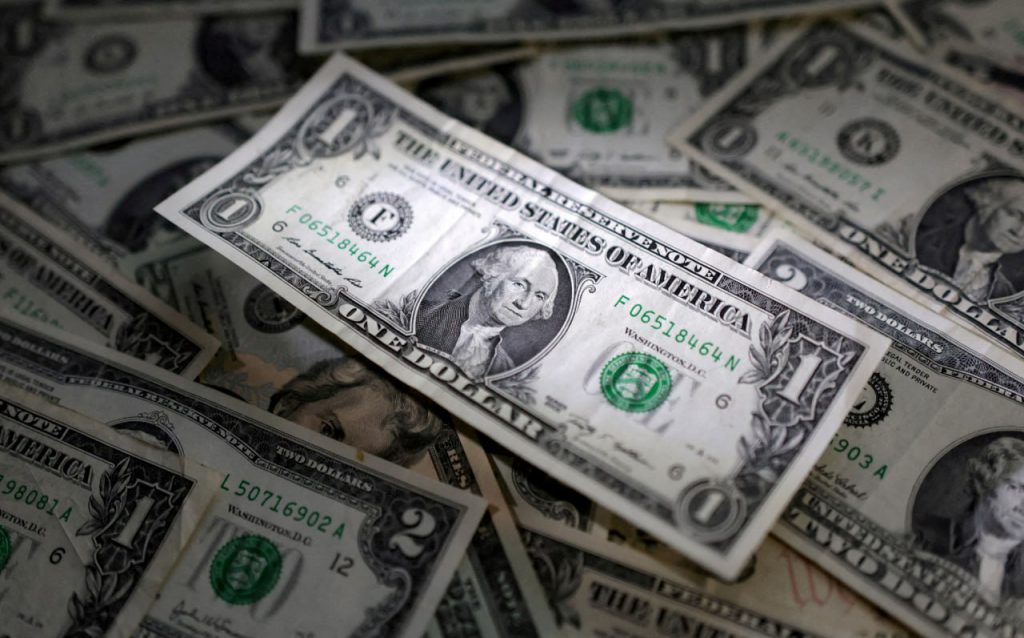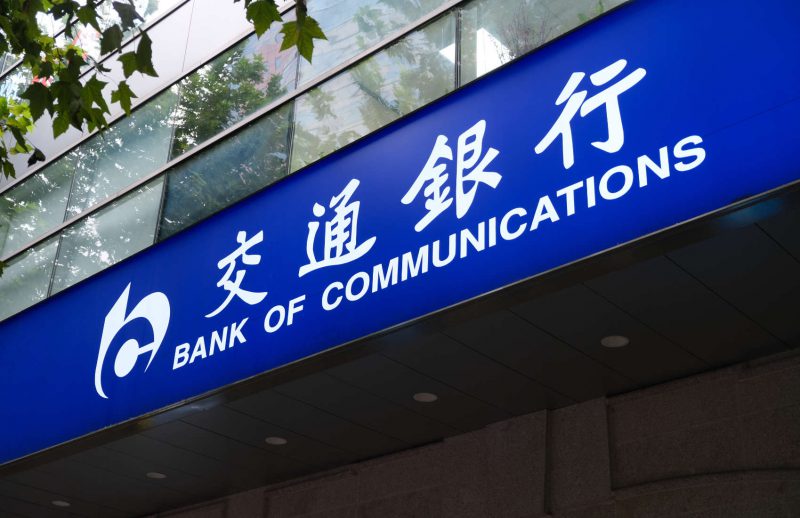BRICS US dollar dominance is facing its biggest challenge right now as Latin America’s first bank adopts China’s Cross-Border Interbank Payment System (CIPS). This Brazilian bank, which is now under Chinese ownership, marks a significant milestone in BRICS de-dollarization efforts that have already slashed dollar usage to just one-third of trade transactions. The BRICS payment system expansion through CIPS shows how BRICS trade currency alternatives are reshaping global finance, and national currencies now account for over 65% of BRICS member trade.
Also Read: De-Dollarization: Full List of Countries Dropping the US Dollar & Key Reasons
How BRICS De-Dollarization, Payment Systems, And CIPS Reshape Trade


Brazilian Bank Pioneers BRICS US Dollar Exit
One Brazilian bank has become Latin America’s first financial institution to use China’s Cross-Border Interbank Payment System for trade between Brazil and China. This development strengthens BRICS de-dollarization efforts as the CIPS network reaches over 1,300 financial institutions across 110 countries right now.
BOCOM-BBM’s transition to the BRICS payment system represents a significant shift away from traditional dollar-based transactions. This move also supports broader BRICS trade currency initiatives that are reducing dependency on Western financial infrastructure.
BRICS US Dollar Share Plummets to One-Third
Russian Foreign Minister Sergey Lavrov announced major changes in BRICS trade patterns during meetings in Rio de Janeiro.
Lavrov stated:
“National currencies already account for more than 65% within the framework of trade among BRICS members. The dollar’s share declined to one third against such background.”
This represents a dramatic acceleration in BRICS de-dollarization efforts. The BRICS payment system development continues advancing as finance ministers work on independent payment mechanisms. BRICS trade currency adoption is expanding across member nations and fundamentally altering global commerce patterns.
BRICS Pay System Accelerates BRICS US Dollar Replacement
Progress on BRICS Pay system development is accelerating rapidly, and this supports continued BRICS de-dollarization efforts.
Lavrov also said:
“The meeting of BRICS finance ministers and central banks governors was held not long ago, where tasks of forming independent payment systems were reviewed in accordance with the assignment of the Kazan Summit.”
The BRICS payment system will facilitate trade using local currencies, providing an alternative to Western-controlled networks. This infrastructure development also strengthens BRICS trade currency adoption across member nations.
Trump Threatens Tariffs Over BRICS US Dollar Challenge
Despite expansion in BRICS membership, the Trump administration has issued threats regarding BRICS de-dollarization efforts.
Trump stated:
“BRICS states were trying to destroy our dollar. They wanted to create a new currency. So when I came in, the first thing I said was any BRICS state that even mentions the destruction of the dollar will be charged a 150% tariff, and we don’t want your goods and the BRICS states just broke up.”
However, BRICS expansion continues with Thailand, Malaysia, and Indonesia joining as members. The BRICS payment system development proceeds despite these threats, as nations prioritize financial sovereignty. BRICS trade currency initiatives remain active across all member countries.
Western Criticism Fuels BRICS US Dollar Exit
BRICS officials have criticized Western financial policies while advancing their BRICS de-dollarization agenda.
Lavrov was clear about the fact that:
“The Western minority is shattering the international financial and economic architecture with its own hands.”
Also Read: China Increases Quota for Foreign Investments Ahead of BRICS Summit
Brazilian President Luiz Inacio Lula da Silva emphasized multilateralism during BRICS meetings.
Lula said:
“Resorting to unilateralism undermines the international order… In the face of polarization and the threat of fragmentation, the consistent defense of multilateralism is the only path we must follow.”
BRICS payment system development further progresses, as a country creates alternative financial infrastructure. The shift in trade currency is the radical alteration in world money’s system and the first bank in the CIPS in Latin America is only the beginning of this process.





